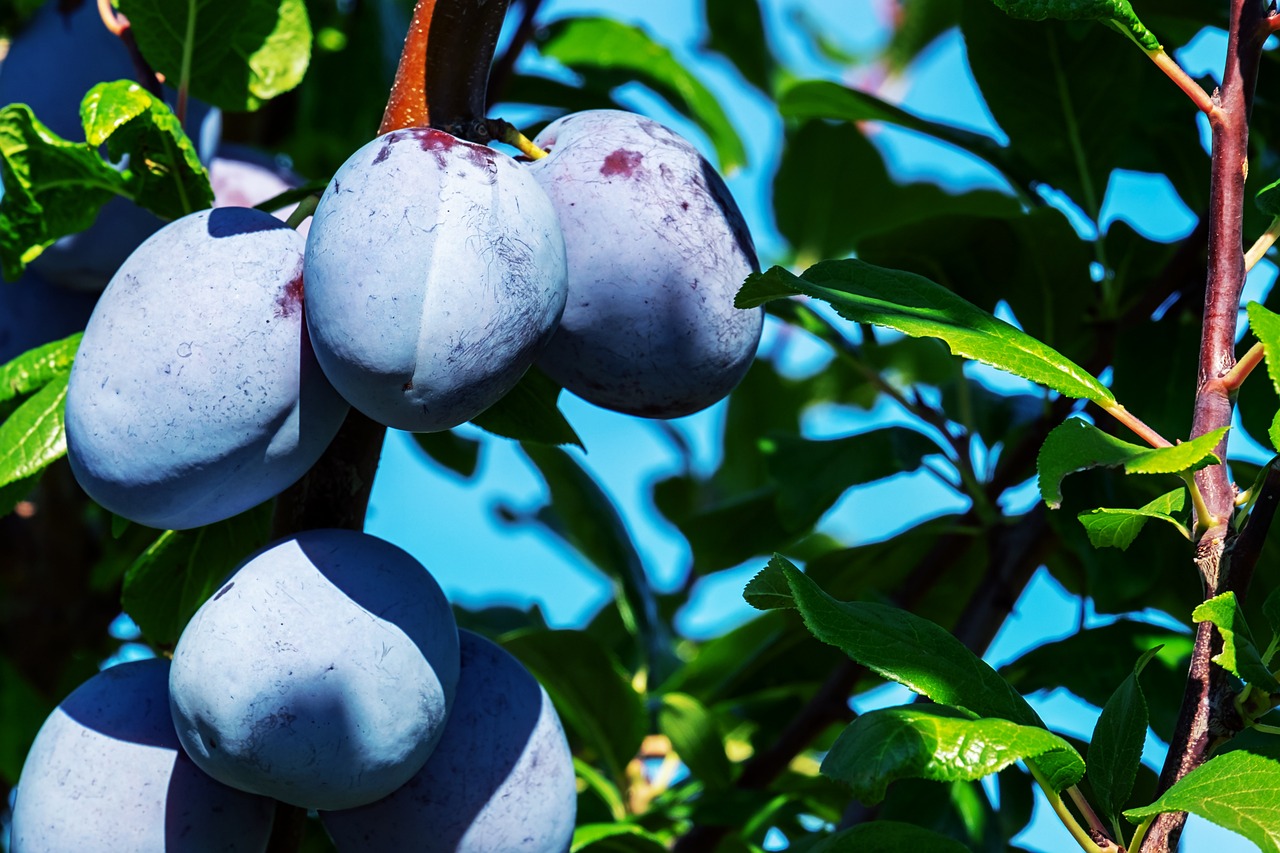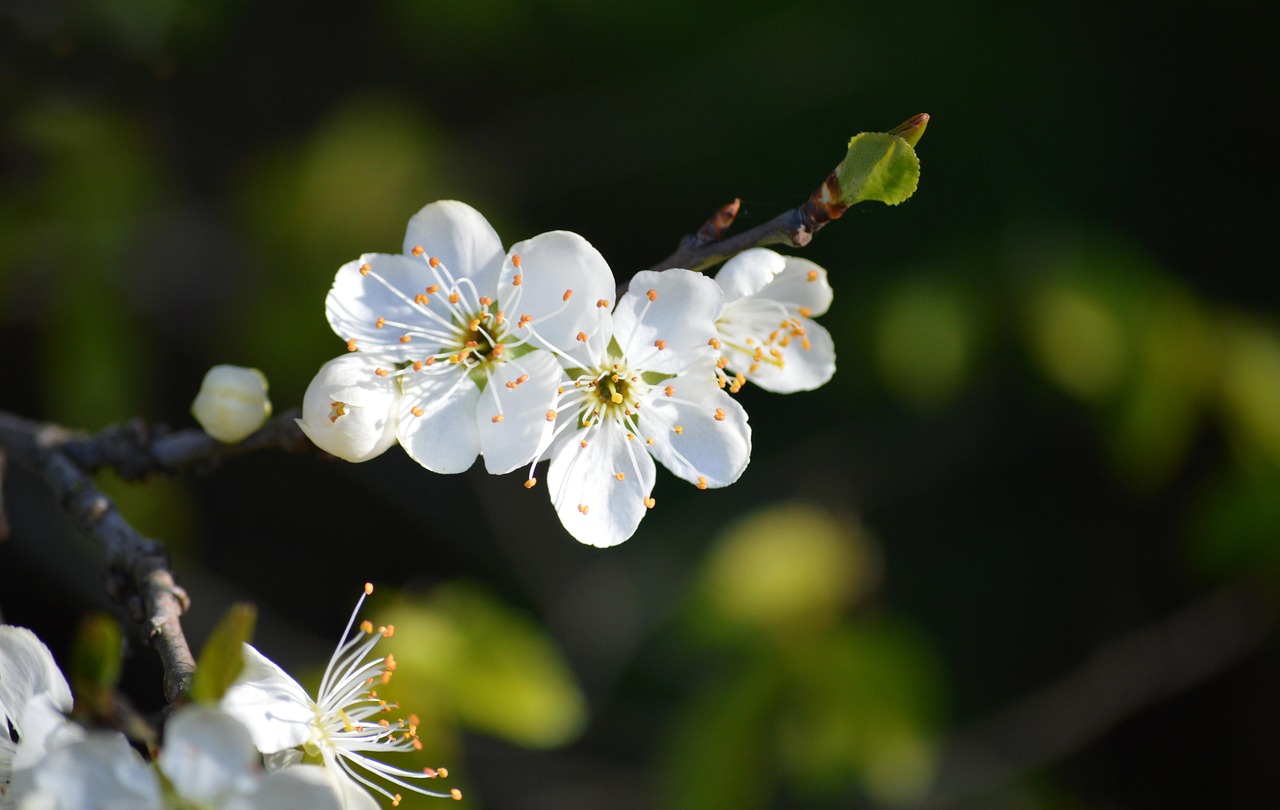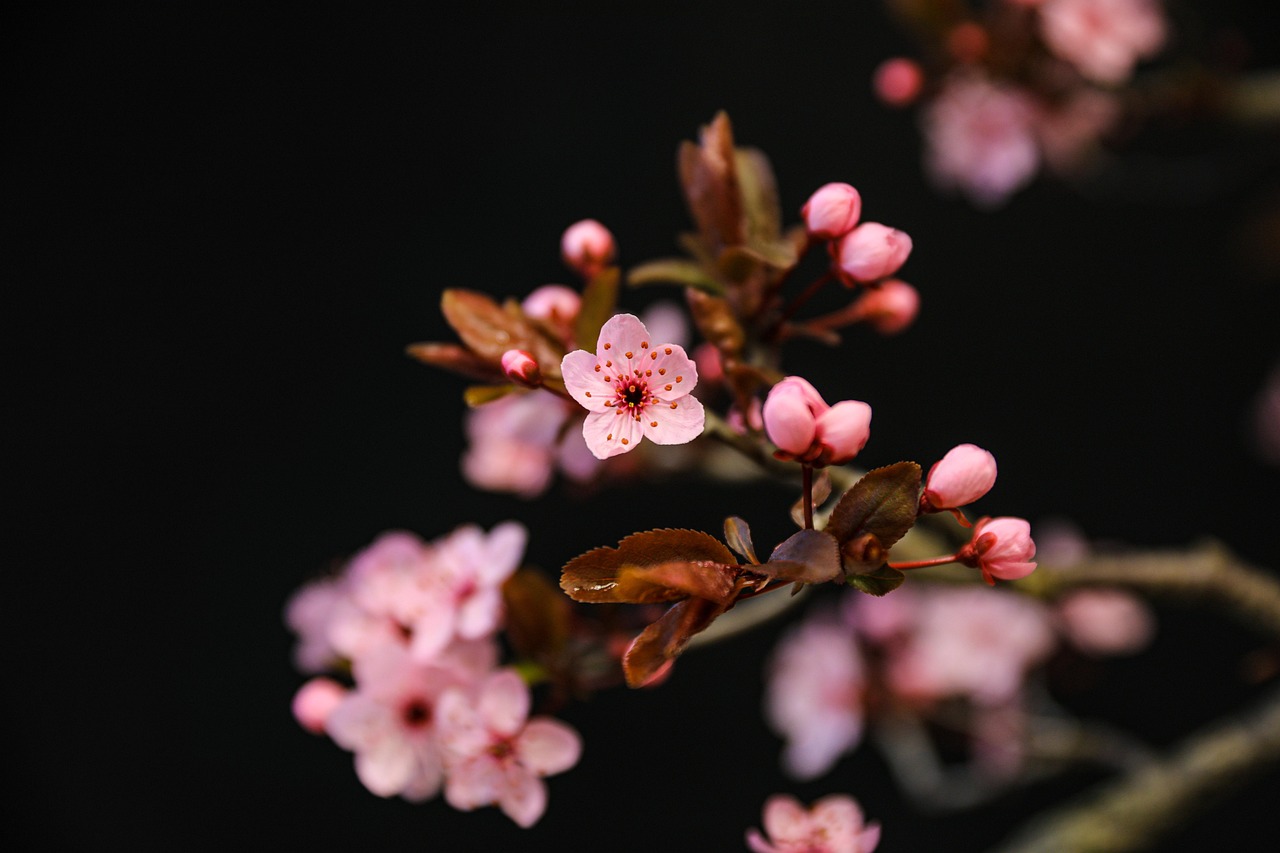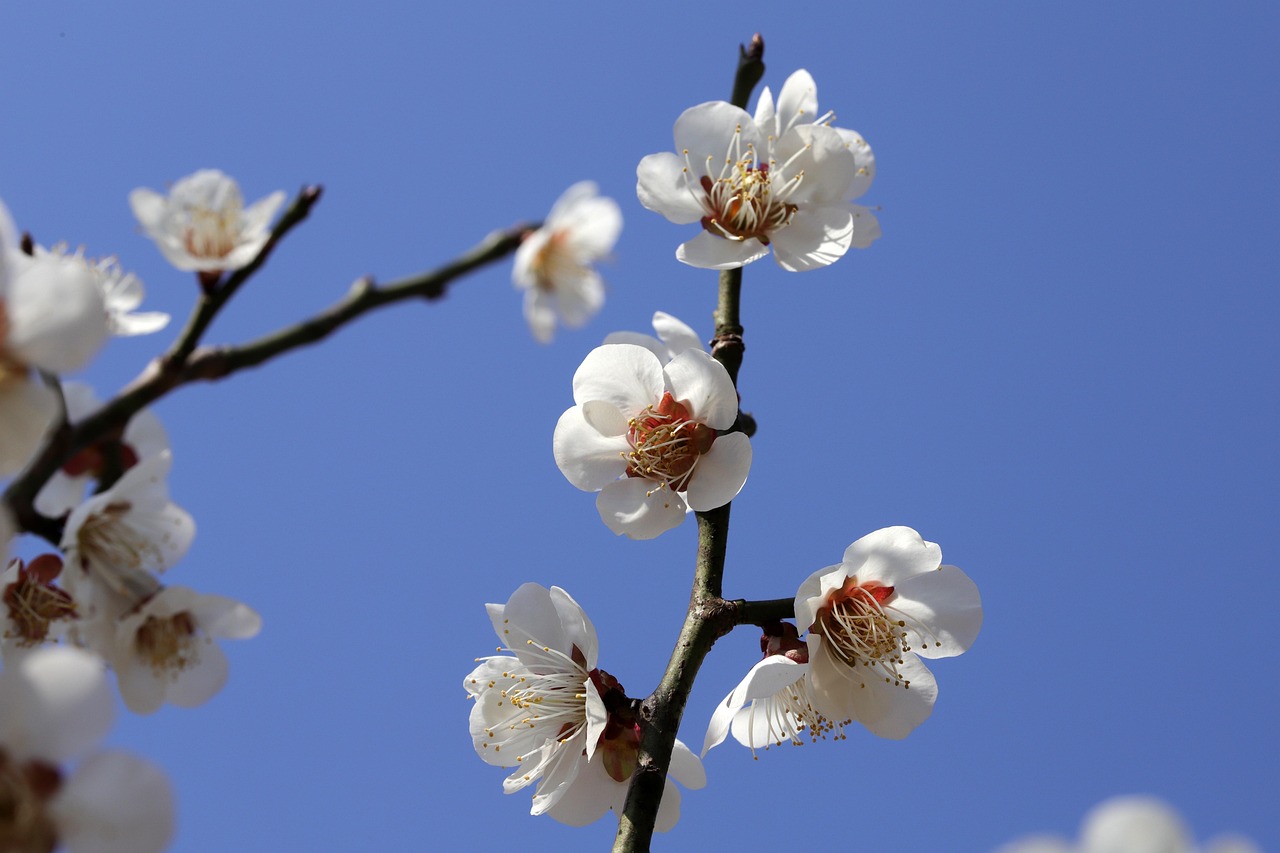The Victoria plum tree typically has a moderate growth rate, reaching around 12 to 18 inches per year under optimal conditions. With proper care, it can begin bearing fruit within 3 to 4 years after planting.
Understanding Victoria Plum Trees
The Victoria plum tree is a popular choice for backyard orchards due to its delicious fruit and relatively easy maintenance. Originating from England, this tree is known for producing sweet, juicy plums that are perfect for fresh eating, cooking, and preserving. With its attractive foliage and beautiful blooms in spring, it also adds aesthetic value to gardens.

Gardeners appreciate the Victoria plum for its hardiness and adaptability to various soil types. It thrives in well-drained soils but can tolerate clay and sandy conditions. This tree is suitable for USDA hardiness zones 5 to 8, making it a viable option for many regions across the United States.
Growth Characteristics
Victoria plum trees exhibit a vigorous growth pattern, especially during their early years. Understanding their growth characteristics can help gardeners provide the right conditions for optimal development. Here are some key factors affecting their growth rate:
- Soil Quality: Rich, well-drained soil enhances growth.
- Watering: Consistent moisture is crucial, especially during dry spells.
- Sunlight: Full sun exposure promotes better fruit production.
- Fertilization: Balanced fertilizers can encourage healthy growth.
Typical Growth Timeline
The growth timeline of a Victoria plum tree can vary based on environmental conditions and care provided. Below is a general overview of what to expect in terms of growth stages:

| Age (Years) | Height Growth (Inches) | Fruit Production |
|---|---|---|
| 1 | 12 – 18 | No fruit |
| 2 | 12 – 24 | Possible small fruit |
| 3 | 18 – 36 | Light fruiting begins |
| 4 | 24 – 36 | Full production begins |
The first year is primarily focused on establishing the root system and vegetative growth. In the second year, the tree continues to grow taller and may produce some small fruit. By the third year, it starts to bear a light crop of plums, and by the fourth year, gardeners can expect a more substantial yield.
Factors Influencing Growth Rate
A variety of factors can impact the growth rate of Victoria plum trees. Awareness of these elements can help gardeners optimize their care routines:
- Pests and Diseases: Regular inspections can prevent infestations that hinder growth.
- Pruning: Proper pruning techniques can encourage healthy branching and fruiting.
- Climate: Trees in warmer climates may grow faster than those in cooler regions.
Providing the right care can significantly enhance the growth and fruiting potential of Victoria plum trees. Home gardeners should pay attention to these factors to ensure a thriving orchard.

Best Practices for Growth
To maximize the growth rate of your Victoria plum tree, consider implementing the following best practices:
- Choose a sunny location with well-drained soil.
- Water regularly, especially during dry periods.
- Apply a balanced fertilizer in early spring.
- Monitor for pests and diseases, treating them promptly.
- Prune annually to maintain shape and promote new growth.
By following these guidelines, backyard orchardists can enjoy healthy trees that produce abundant fruit for many years to come.
Understanding the Soil Requirements
The health and growth rate of the Victoria plum tree depend significantly on its soil conditions. Proper soil composition is crucial for the tree’s root development and nutrient absorption. This section explores the ideal soil types, pH levels, and preparation techniques to ensure the optimal growth of your plum tree.
Ideal Soil Types
Victoria plum trees thrive best in certain types of soil. Here are the preferred soil types:

- Loamy Soil: A mixture of sand, silt, and clay that provides excellent drainage and nutrients.
- Sandy Soil: Well-drained but may require additional organic matter for nutrients.
- Clay Soil: Can retain moisture but should be amended with organic material to improve drainage.
Soil pH Levels
The pH level of the soil impacts nutrient availability. Victoria plum trees prefer a slightly acidic to neutral pH level:
| pH Level | Nutrient Availability |
|---|---|
| 6.0 – 7.0 | Optimal for most nutrients |
| Below 6.0 | Nutrient deficiencies may occur |
| Above 7.0 | Potential nutrient lockout |
To test the pH level, home gardeners can use soil testing kits available at garden centers. If the pH is not within the ideal range, amendments can be made to improve it.
Soil Preparation Techniques
Preparing the soil before planting is essential for establishing a healthy Victoria plum tree. Here are some effective preparation techniques:
- Clear the Area: Remove weeds, rocks, and debris from the planting site.
- Till the Soil: Use a garden tiller to aerate the soil and break up compacted areas.
- Add Organic Matter: Incorporate compost or well-rotted manure to enrich the soil.
- Test and Amend pH: Adjust the pH level by adding lime (to raise) or sulfur (to lower) as needed.
- Create a Planting Hole: Dig a hole twice as wide as the root ball and just as deep, allowing ample space for root expansion.
Watering Practices for Optimal Growth
Watering plays a crucial role in the growth rate of Victoria plum trees. Proper watering practices can help establish a strong root system and promote healthy growth.
Watering Frequency
The frequency of watering depends on several factors, including climate, soil type, and tree age. Here are some general guidelines:
- Newly Planted Trees: Water deeply once or twice a week during the first growing season.
- Established Trees: Water every 10 to 14 days during dry spells.
- Heavy Rainfall: Reduce watering during periods of excessive rain to prevent root rot.
Watering Techniques
Using effective watering techniques can enhance water absorption and reduce waste. Consider the following methods:
- Soaker Hoses: Place soaker hoses around the base of the tree to provide deep watering directly to the roots.
- Drip Irrigation: Install a drip irrigation system for consistent moisture without over-saturating the soil.
- Manual Watering: When watering by hand, apply water slowly at the base of the tree to allow for better absorption.
Monitoring soil moisture levels is essential to avoid both under-watering and over-watering. A simple method is to dig a small hole about 6 inches deep to check for moisture levels in the soil.
Nutrient Requirements and Fertilization
Nutrients are vital for the growth and fruit production of Victoria plum trees. Understanding their nutritional needs helps gardeners provide appropriate fertilization throughout the growing season.
Nutrient Needs
The primary nutrients required by Victoria plum trees include nitrogen, phosphorus, and potassium. Each nutrient plays a specific role in tree health:
- Nitrogen: Promotes leafy growth and overall vigor.
- Phosphorus: Supports root development and flowering.
- Potassium: Enhances fruit quality and disease resistance.
Fertilization Schedule
A proper fertilization schedule can bolster growth rates. Here is a recommended timeline:
- Early Spring: Apply a balanced fertilizer as new growth begins.
- Mid-Summer: A light application can help support fruit development.
- Late Summer/Fall: Avoid fertilizing late in the season to prevent new growth that may not harden off before winter.
Selecting a high-quality fertilizer designed for fruit trees can provide all necessary nutrients in one application. Always follow package instructions for application rates and methods.
Pest and Disease Management
Maintaining the health of your Victoria plum tree requires vigilant monitoring for pests and diseases. Early detection and management are key to ensuring that the tree grows vigorously and produces high-quality fruit. This section provides a comprehensive overview of common pests and diseases, along with effective management strategies.
Common Pests
Several pests can affect the growth and fruit production of Victoria plum trees. Identifying these pests and understanding their impact can help homeowners take preventive measures:
- Plum Curculio: This beetle lays eggs in developing fruit, causing them to drop prematurely. Traps and insecticides can help control their population.
- Aphids: These small insects feed on tree sap, weakening the tree. They can be managed with insecticidal soap or neem oil.
- Spider Mites: These tiny pests thrive in dry conditions and can cause leaf discoloration. Regular watering and misting can deter them.
- Brown Rot: A fungal disease that affects fruit, causing it to rot on the tree. Good sanitation practices can help prevent its spread.
Signs of Trouble
Recognizing the signs of pest infestations or diseases is essential for timely intervention. Here are some common symptoms to watch for:
- Wilting Leaves: May indicate pest damage or insufficient watering.
- Discoloration: Yellowing leaves can signal nutrient deficiencies, pest issues, or disease.
- Premature Fruit Drop: Could be caused by pests or environmental stress.
- Mold or Rot: Presence of mold on fruit or leaves indicates potential fungal infections.
Management Strategies
Implementing effective management strategies can help keep your Victoria plum tree healthy. Here are some recommended practices:
- Cultural Practices: Maintain good hygiene around the tree by removing fallen fruit and debris to reduce pest habitats.
- Physical Barriers: Use netting or row covers to protect young fruit from pests like the plum curculio.
- Pesticides: When necessary, apply organic pesticides that are safe for fruit trees, following all label instructions carefully.
- Regular Inspections: Check your trees regularly for signs of pests or diseases, especially during peak growing seasons.
Pruning Techniques for Healthy Growth
Pruning is an essential aspect of maintaining the health and productivity of Victoria plum trees. Proper pruning encourages strong growth, shapes the tree, and promotes better fruit production. This section discusses effective pruning techniques and timing for optimal results.
When to Prune
The timing of pruning is critical for maximizing growth and minimizing stress on the tree. The best times to prune a Victoria plum tree include:
- Late Winter to Early Spring: Before new growth begins is ideal for structural pruning.
- After Harvest: Light pruning after fruiting can help shape the tree and remove any dead or diseased branches.
Pruning Techniques
Here are some effective pruning techniques to follow:
- Remove Dead or Diseased Wood: Cut away any branches that show signs of disease or decay to improve overall tree health.
- Selective Thinning: Remove some branches to allow light penetration and air circulation, which can reduce the risk of disease.
- Shape the Tree: Aim for an open-center structure that allows sunlight to reach all parts of the tree.
- Aim for Size Control: Limit excessive vertical growth by trimming back long shoots to maintain a manageable height.
Tools Needed for Pruning
Using the right tools makes pruning easier and more effective. Here are some essential tools for pruning Victoria plum trees:
- Bypass Pruners: Great for making clean cuts on branches up to 1 inch thick.
- Loppers: Useful for cutting larger branches, typically between 1 to 2 inches in diameter.
- Saws: A pruning saw is necessary for larger limbs that need removal.
- Gloves: Protect your hands while working with sharp tools and handling plant material.
Maintaining a routine pruning schedule will not only enhance the growth rate of your Victoria plum tree but also ensure a bountiful harvest in the years to come.
Seasonal Care and Management
In addition to proper pruning, understanding seasonal care is vital for the successful growth of Victoria plum trees. Different seasons bring unique challenges and opportunities for tree care. Here’s how to manage your tree throughout the year.
Spring Care
Spring is a critical time for Victoria plum trees as they emerge from dormancy. Here are key practices for this season:
- Fertilization: Apply a balanced fertilizer in early spring to provide essential nutrients as new growth begins.
- Watering: Ensure consistent moisture as buds develop. Regular watering helps establish a strong foundation for the growing season.
- Pest Monitoring: Begin checking for pests like aphids and plum curculio as temperatures rise.
Summer Care
During the summer months, focus on maintaining hydration and managing pests:
- Watering: Continue watering regularly, especially during dry spells. Deep watering encourages root development.
- Weed Control: Keep the area around the tree free of weeds that compete for nutrients and water.
- Pest Management: Monitor for signs of pests and diseases, and take appropriate measures if needed.
Fall Care
As summer transitions to fall, it’s time to prepare your Victoria plum tree for the winter:
- Harvesting: Pick ripe plums in late summer to early fall. Handle fruit carefully to avoid bruising.
- Post-Harvest Pruning: Lightly prune any dead or damaged branches after harvesting.
- Winter Preparation: Apply mulch around the base of the tree to protect roots from freezing temperatures.
Winter Care
Winter is a dormant period for Victoria plum trees, but some care is still necessary:
- Monitoring: Check for any signs of damage from cold weather or pests. Remove any visible signs of disease.
- Mulching: Ensure adequate mulch is present to insulate roots during cold months.
- Tool Maintenance: Clean and sharpen pruning tools in preparation for the upcoming spring pruning season.
Final Thoughts
Caring for a Victoria plum tree can be a rewarding endeavor for backyard orchardists. By understanding its growth rate, soil requirements, watering needs, fertilization schedules, pest management, and seasonal care, gardeners can foster a healthy and productive tree. Regular attention to these factors will help ensure that your Victoria plum tree not only grows vigorously but also produces an abundant harvest of delicious fruit.
The journey of cultivating a Victoria plum tree is filled with opportunities to learn and grow as a gardener. As you nurture your tree, take the time to observe its progress, enjoy the fruits of your labor, and share the bounty with family and friends. With patience and care, your backyard orchard can flourish, providing both beauty and sustenance for years to come.
In summary, remember that each step you take in managing your Victoria plum tree contributes to its overall success. From selecting the right location and preparing the soil to ensuring proper watering and addressing pest issues, all these elements play a crucial role in achieving a thriving orchard. Happy gardening!
